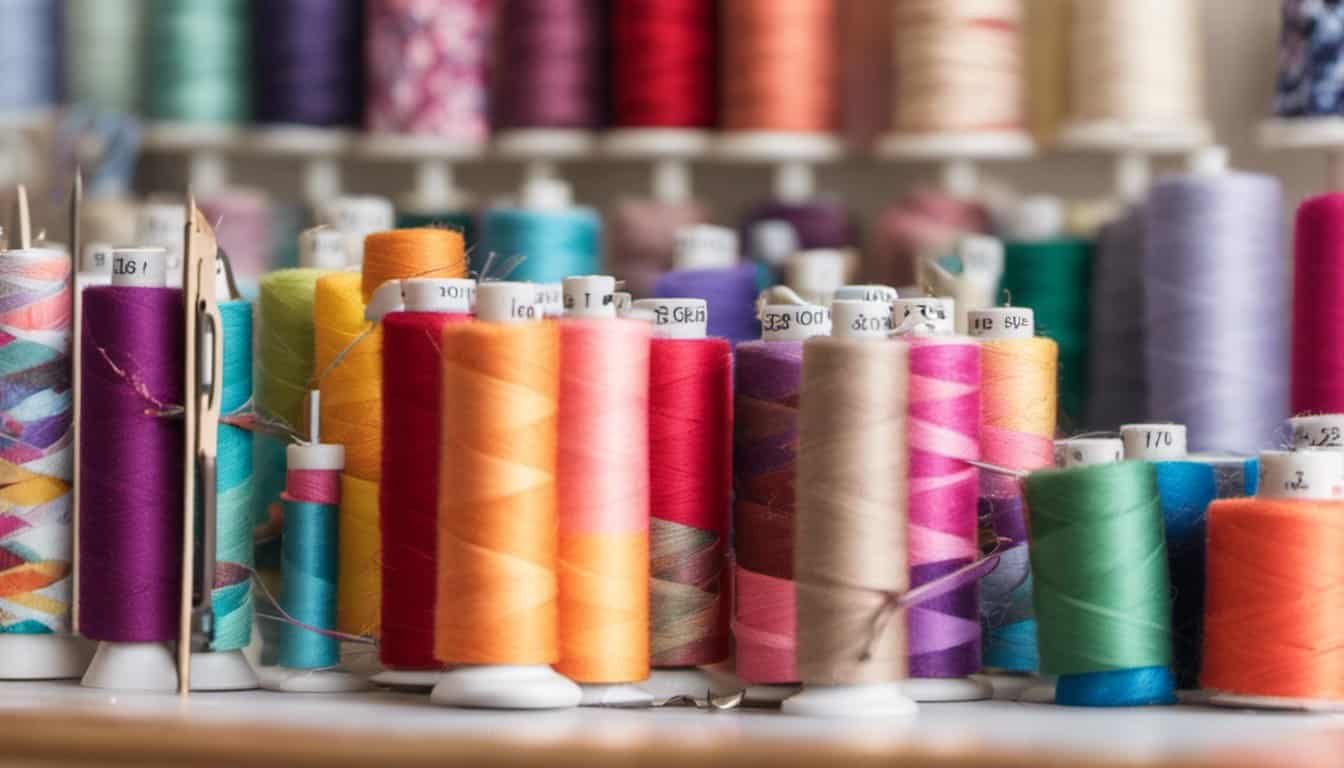Sewing can be a rewarding hobby, but sometimes projects need that extra bit of stability to really shine. That’s where stay stitching comes in handy. I’ve found that mastering this simple technique can make a huge difference in the durability and appearance of your garments.
Whether you’re a beginner or looking to refine your skills, learning how to sew a stay stitch is a valuable addition to your sewing toolkit. It’s a straightforward process that helps prevent fabric from stretching or warping, ensuring your creations look professional every time.
What Is A Stay Stitch
A stay stitch is a temporary seam sewn close to the garment’s raw edge. It stabilizes fabric, preventing it from stretching or shifting during sewing. Typically executed using a straight stitch, stay stitching is essential for curves, necklines, and other areas prone to distortion. Applying a stay stitch before final seams ensures precise alignment and maintains the garment’s shape. This technique benefits various fabrics, including knits, silks, and cottons, enhancing overall durability and appearance.
Benefits Of Using A Stay Stitch For Stability
Implementing a stay stitch enhances fabric stability, preventing unwanted stretching and distortion. It increases garment durability by reinforcing stress points, ensuring the piece withstands regular wear. Achieving precise alignment becomes easier, maintaining the intended shape throughout the sewing process. Facilitating the sewing of curves and necklines, a stay stitch ensures smooth transitions without puckering. Accommodating various fabrics, including knits, silks, and cottons, it provides versatility in different projects. Contributing to a professional finish, stay stitching delivers polished and well-structured garments that stand out in quality.
Materials You Need
- Sewing Machine: Ensures consistent and accurate stitching.
- Appropriate Thread: I select a polyester thread that matches the fabric type.
- Scissors: Sharp fabric scissors provide clean cuts.
- Pins or Clips: Secure fabric pieces before stitching.
- Measuring Tools: A seam gauge and ruler maintain accurate seam allowances.
- Fabric: The material I work with, such as cotton, silk, or knit fabrics.
- Stay Stitch Markers: Useful for marking where to sew the stay stitch.
- Iron and Ironing Board: Press seams for a professional finish.
How To Sew A Stay Stitch
Sewing a stay stitch properly stabilizes your fabric, ensuring your garment maintains its shape. Follow these steps to apply a precise and effective stay stitch.
Preparing Your Fabric
Begin by pressing your fabric to remove wrinkles, ensuring smooth seams. Measure and mark the area where the stay stitch will be applied using stay stitch markers. Align the fabric edges accurately to prevent distortion during stitching. Use pins or clips to secure the fabric layers, maintaining consistent placement.
Sewing The Stay Stitch
Set your sewing machine to a straight stitch with a medium stitch length. Position the fabric so the needle is slightly inside the raw edge, typically 1/8 inch from the edge for stability. Sew slowly, guiding the fabric evenly to avoid puckering. Backstitch at the beginning and end to secure the stitches. Press the stay stitch to one side of the seam, flattening it with an iron for a professional finish.
Tips For Perfect Stay Stitches
- Choose the Right Thread: I use polyester thread for its strength and flexibility, ensuring the stay stitch holds the fabric securely without breaking.
- Set Proper Stitch Length and Tension: I adjust my machine’s stitch length to medium and set the tension accurately, preventing puckering and ensuring smooth seams.
- Accurately Mark Stitch Lines: I use stay stitch markers to precisely outline where the stitch will go, maintaining consistent lines and preventing fabric distortion.
- Press Seams Thoroughly: I press the stay stitch after sewing to flatten the seams, enhancing the garment’s stability and appearance.
- Use Sharp Fabric Scissors: I always cut fabric with sharp scissors to ensure clean edges, which helps the stay stitch lay flat and function effectively.
- Sew Slowly and Steadily: I sew at a consistent, moderate speed to maintain even stitches and avoid skipping or uneven seams.
- Backstitch at Start and End: I backstitch at the beginning and end of the stay stitch to secure the threads and prevent the stitches from unraveling.
- Choose the Right Needle: I select a fine needle suitable for the fabric type, ensuring smooth stitching and preventing damage to the material.
- Stabilize Challenging Fabrics: I use fabric stabilizers when working with stretchy or delicate fabrics, providing extra support for the stay stitch and maintaining fabric integrity.
Common Mistakes And How To Avoid Them
- Incorrect Stitch Length
Setting the stitch length improperly leads to puckering. Adjust the stitch length based on fabric thickness to ensure smooth stitching.
- Using the Wrong Thread Type
Selecting an unsuitable thread weakens the seam. Choose polyester thread for durability and compatibility with your fabric.
- Neglecting to Press Seams
Skipping the pressing step leaves seams bulky. Always press the stay stitch after sewing for a professional finish.
- Poor Marking of Stitch Lines
Inaccurate markings cause uneven stitches. Use stay stitch markers precisely to maintain consistent seam lines.
- Not Stabilizing the Fabric Properly
Failing to stabilize results in fabric distortion. Secure the fabric with pins or clips before stitching to maintain shape.
- Sewing Too Quickly
Sewing at high speed creates puckers. Sew slowly and steadily to ensure even and tight stitches.
- Ignoring Machine Settings
Incorrect machine settings affect stitch quality. Adjust the machine’s tension and stitch length according to the fabric type.

- Forgetting to Backstitch
Omitting backstitching allows seams to unravel. Backstitch at the beginning and end of each seam to secure stitches.
- Using Dull Needles
Dull needles cause skipped stitches and fabric damage. Replace needles regularly to maintain optimal sewing performance.
- Overlooking Fabric Grain
Ignoring fabric grain leads to improper garment shape. Align the stay stitch parallel to the fabric grain for stability.
Conclusion
Sewing a stay stitch has truly transformed how I approach my projects. It’s incredible how this simple technique can enhance the stability and professional finish of any garment I create.
I encourage you to give it a try in your next sewing adventure. With a little practice, you’ll see your pieces hold their shape beautifully and stand out with a polished look. Happy sewing!

















